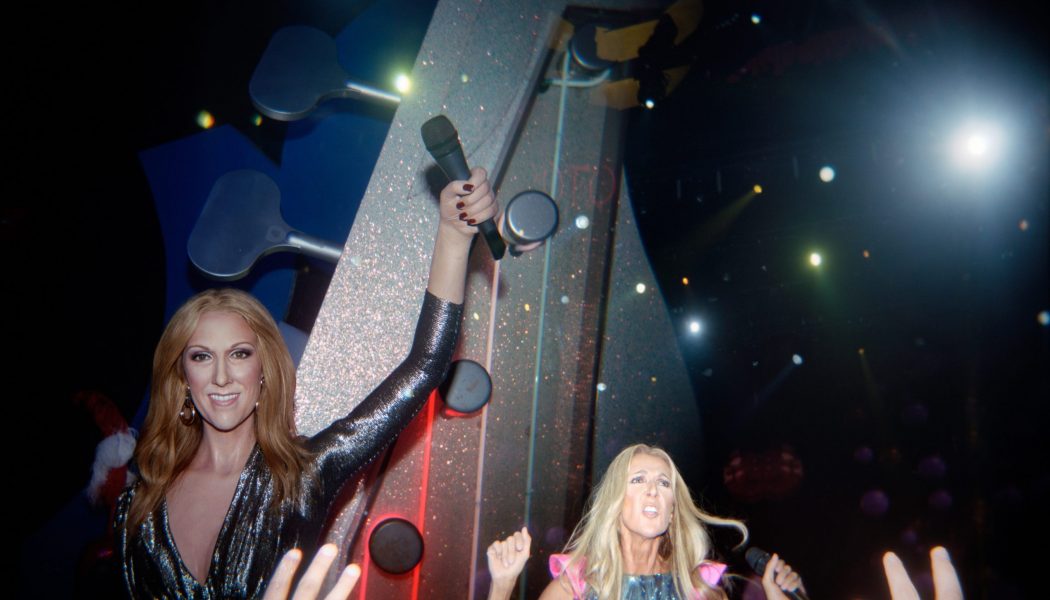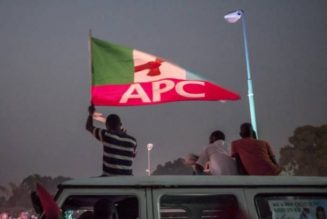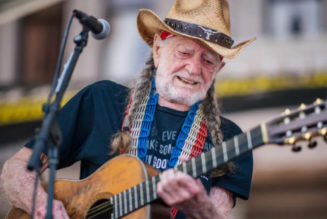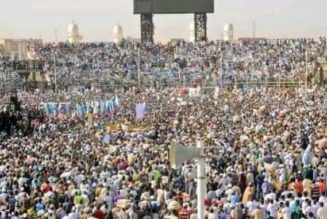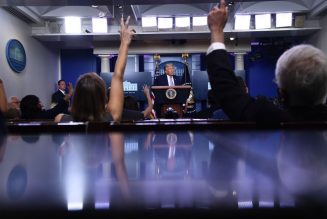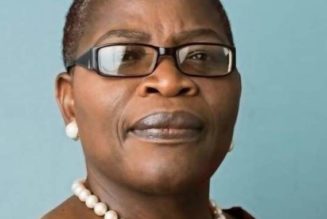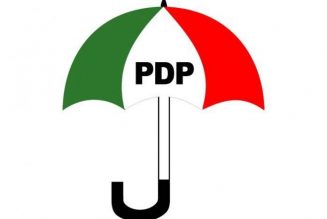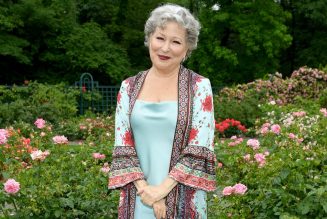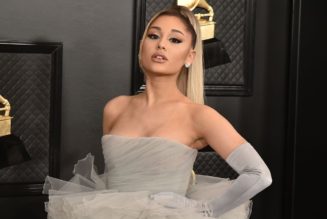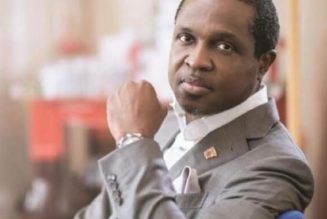Photographer Sarah Palmer on her process, blending images at Trump rallies, and accessing Celine Dion without a press pass.
Canadian photographer Sarah Palmer’s unique double-exposure photography blends the emotion and theatrics of politics, sports, and even music into complex and nuanced imagery. It’s a niche she’s developed over years, and has employed for clients such as Buzzfeed News, The Walrus, and The Washington Post. But that wasn’t always the case. Palmer, who talked to R&K from her home in Toronto, still remembers her first portfolio review, in which a top photo editor told her she’d never get hired for the style because it was too ‘out there.’ “It just crushed me,” Sarah said. “But it also just pissed me off, because I thought, ‘Yeah, well I’m going to.’ And so then I just kept going with it.”
R&K’s Cengiz Yar spoke with Palmer about her process, blending images at Trump rallies, and accessing Celine Dion without a press pass.
This interview has been edited and condensed for clarity.
Roads & Kingdoms: What’s the physical process of taking these photos? How do you go about making these complex images?
Sarah Palmer: I have Holgas, and I usually take six to ten of them on assignments, which is super obnoxious. I have masking tape on the back of every camera and every shot I take I write down what I just photographed. I have it tested out where I know exactly how much to turn the advance so that I know how much it’s going to be merging with the other photo. I know what a certain amount of clicks on the advance will give me. And then from there, I know what I just shot and then I can leave that camera for a bit until I find a scene or a person that I want to pair with the image that I just shot.
When I get my film back, it’s all one big continuous strip of images. I scan everything myself and edit it. Basically it’s all one big Panorama. And then because I’m using Holgas, I can just wind them as much as I want. I take the film holder out of the back of the camera, so it’s just all one big continuous photo.

R&K: Do you do research ahead of time before you go into these projects?
SP: I do a ton of research. I think that’s just my anxious brain—I need to know what every possible scenario could be. And sometimes that bites me in the ass, because I’m thinking too much about what I need to get and not seeing what’s in front of me. For the Olympics, I planned out where everything would be, the times of everything, when certain businesses would be open, and the walkways of athletes. Stuff like that, so I can be prepared.
R&K: How did you plan for the project on Celine Dion?
SP: I had to go into that assignment like a fan. To plan, I went on Celine Dion chat forums to meet fans so they could tell me certain tricks to get closer to the stage during the concert. They told me that during a certain part of one of her last songs, people would run up to the stage and they can’t be stopped by security because there’s so many of them. So I did it with them, and I was there for a few minutes before a security guard came and kicked me out. Then I thought, “Well I hope that I got some cool photos because I can’t go back up there.”
Then later I waited with the fans until like three in the morning for her to come out of her car, out of the side entrance of the Coliseum. These fans would tell me things like, “Every time she comes out she puts down her window and she waves to people.” I just made sure I had that all planned out so that I knew exactly what camera I was going to use and what to pair with what when she’d walk out.
R&K: Looking at that project I figured that you had a press pass and were given access.
SP: No, I wasn’t, but it was super fun. I’m not embarrassed to say that I love Celine Dion so much. I have always since I was a kid. She’s a ridiculous human and it was my dream to photograph her.
It didn’t all work out exactly as planned. I wanted to be able to do a portrait of her and hang out with her, but her people gave me a hard no quite quickly. And then I had to convince the magazine to still send me because they weren’t going to without guaranteed access to her. I convinced them to buy me a ticket to her last show, which was almost $600, but I had a really bad seat. Luckily, I shot the inauguration for them and I think that they trusted that I could get something.

R&K: Were there any moments on this project you thought you captured on film but then later they didn’t turn out?
SP: To be honest, no. This is the one assignment where that didn’t happen. Usually when I get my film back I think, “Oh, these photos suck, these are terrible, no one’s going to like them.” With this I was like, “Wow. I actually really like these.” And I think it’s just because I really researched and planned it out. Sometimes I get a little bit nervous in situations like this, but this time I thought, “Well fuck it. I’m just going to do it.” And then I did it and it worked out.
But that’s not to say that a lot of times things don’t work out for me. But I think with each project that I do, I get more confident in what I’m doing.
R&K: How did you end up photographing the Trump campaign?
SP: I just went by myself. I wanted to go, take some photos, and feel what it’s like to be in the U.S. during the Trump campaign. And so my friend and I went and I shot some stuff and I got the film back and I thought, “Okay, well this could be something. I like where this is heading.” Then I just kept going to rallies. I went to the Republican National Convention and was posting on Instagram. Someone at the CBC said that they wanted to see more work and then someone did an interview with me about it. It snowballed from there. I ended up having a show on election night with my work at a bar-type gallery where people could come and look at the work, but also watch the results come in. From there I pitched the inauguration to The Walrus magazine, and that was my first commission for the Trump stuff. And I think it was my last, because then I stopped doing it after the inauguration.

R&K: Are you going to do it for 2020?
SP: I don’t know. I’m trying to figure it out. A lot of people said I should keep doing it for a long-term project, but I don’t really want to. I don’t want to only be shooting politics, and it was kind of depressing. It really affected me, going to these rallies. I also felt like my angle of being an outsider worked, but I didn’t want to put all of my assumptions on what America is on Americans when I’m Canadian. And it’s really expensive.
R&K: How did you end up working on the Snowbird story. How did you find the subjects?
SP: I love hanging out with older people. I get along really well with them. I’ve just loved snowbirds in general and I wanted to do a story on them in Florida. I went on certain snowbird organization websites, and there’s a Canadian Snowbird Association. And I emailed a bunch of people just saying that I’m interested in doing a road trip with some snowbirds and this is who I am, etc.
A lot of people didn’t write me back but this one woman did. She said “Hey yeah, we’re going at the end of November. Why don’t you just come with us? It would be fun.” She didn’t ask me anything about myself. She didn’t want to talk to me first. She was just like, “Yeah you should come. It’s cool.” So I just did it. I pitched it to a bunch of places and then The Globe and Mail said that they were interested.

R&K: Did you drive with them?
SP: They drove their own car because they had a cat and a ton of stuff, because they’d be there for five months. And I drove behind them the whole way. And because they only drive four or five hours a day, it took five days to get to Florida, when usually it should take about two. So we would drive during the daylight hours and then at night go for dinner, hang out in their hotel room, play with the cat. It was a very random story, but it was fun. It was fun to be able to spend time with just a few people instead of going to an event and speaking to a lot of people. It was a nice change for me in my work.
R&K: Are you worried at all about the nature of this type of photography possibly detracting from the subject matter?
SP: Yes, totally. That’s something I struggle with all the time. But I think for the subject matter I’m interested in, this type of photography is not distracting. If it was a really serious subject then maybe I shouldn’t be putting my own spin on things. Part of how I shoot is that I want to portray how I’m feeling in my experience. If I were to go and do that on the opioid crisis, I wouldn’t feel good about it. I don’t think that that’s appropriate, but that’s just me. But yes, I definitely worry about that. I’m constantly thinking about that.
